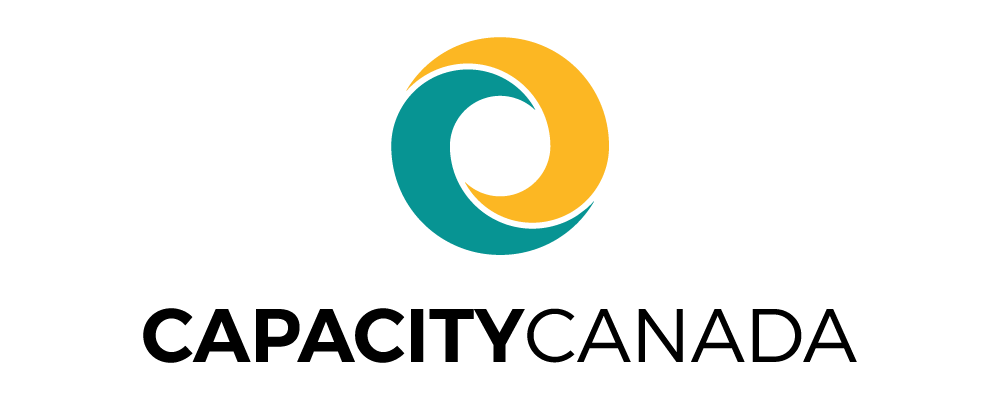By Kim Nordbye, Project Manager. Social Prosperity Wood Buffalo
In April, I embarked on a two-part learning journey, having the honour of attending two incredible conferences. In A Learning Journey Part 1 – Leading a Backbone Organization for Collective Impact, I shared my learning from the first conference. Now, in part 2, the focus shifts to the second conference I attended, hosted by the Muttart Foundation. The Muttart Foundation believes that Canada is best served through a strong, independent and interconnected voluntary sector. It also believes that foundations and other funders can help ensure the sector maintains and gains strength. For almost two decades, the Foundation has provided capacity-building funding to both individual charities and to charitable-sector infrastructure organizations – those charities that serve other charities. And, since 1997, the Muttart Foundation has hosted periodic discussions to allow the sector and government to discuss regulatory issues. Topics have ranged from advocacy and business activities to the role of ethnocultural organizations and think tanks. The consultations are about bringing together a group of people to solve a common problem.
So, in April I had the honour of attending one of these Muttart Foundation consultations and the topic was the Alberta Societies Act – the primary nonprofit corporate legislation in Alberta. At first, when I received the invitation, I’ll be honest I questioned what value I could bring to such a discussion. But after the three days, I recognized that with my role in Social Prosperity Wood Buffalo, I have the ability to help raise awareness in the Wood Buffalo social profit sector around the importance of not only understanding the legislation but also of understanding the changes that could happen or more importantly should happen. I was also pleased to see that concerns raised by some of the nonprofits in Wood Buffalo around the legislation were the same concerns brought forward in the Muttart Foundation session – the desire for a nonprofit’s purpose to be included in the application, the need for flexibility around financial audit requirements & thresholds and the desire for nonprofits to engage in emerging social enterprise opportunities.
The session, co-hosted by the Alberta Law Reform Institute, brought together experts and stakeholders from the sector and government. Over the three days we discussed what is good about the current legislation, what problems need to be addressed and what benefits and problems might flow from changes in legislation. A main theme that arose from the conversation is that whatever changes are made to the legislation, in the end, the legislation needs to focus on what nonprofit corporations are, what they do and what they need to do. The legislation should be enabling and guided by the principles of strengthening the sector, enhancing sustainability and ensuring good governance. We need legislation that helps the sector to be what it needs to be.
Through the Social Prosperity Wood Buffalo project we’ve had similar conversations around strengthening the identity of the sector and enabling the sector to be a key pillar in community development. Having the right legislation that enables the right environment is critical to success. But at the same time, what also came up in the Muttart Foundation discussion was that the sector can’t rely on the legislation to do it all and they must themselves build or create the conditions needed for a strong and sustainable sector.
What are the next steps? The Alberta Law Reform Institute will prepare a recommendation report that will be submitted to the Alberta Government. There will be further consultation with the sector and other key stakeholders and it is obviously in the best interests of the sector that its voices be heard. So, watch for the recommendations coming out of the Alberta Law Reform Institute’s report and I encourage all nonprofits to participate in future consultations about potential changes to the legislation.

